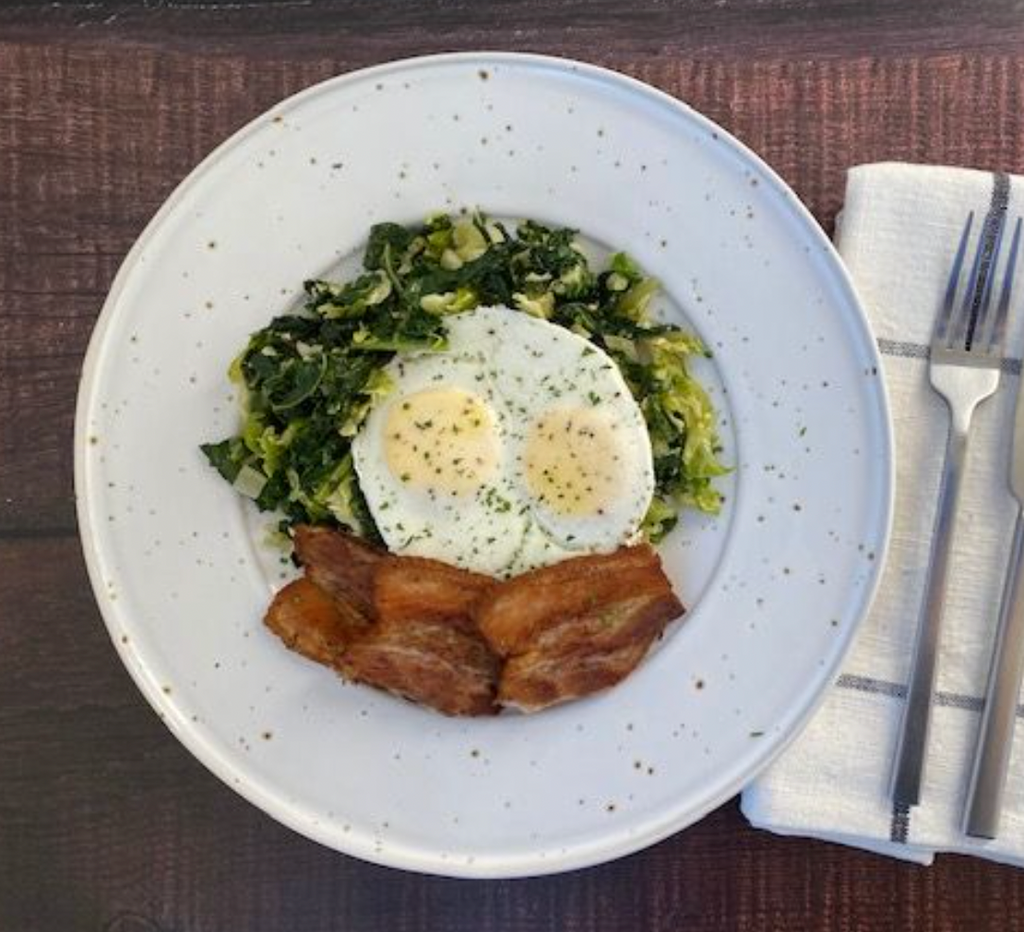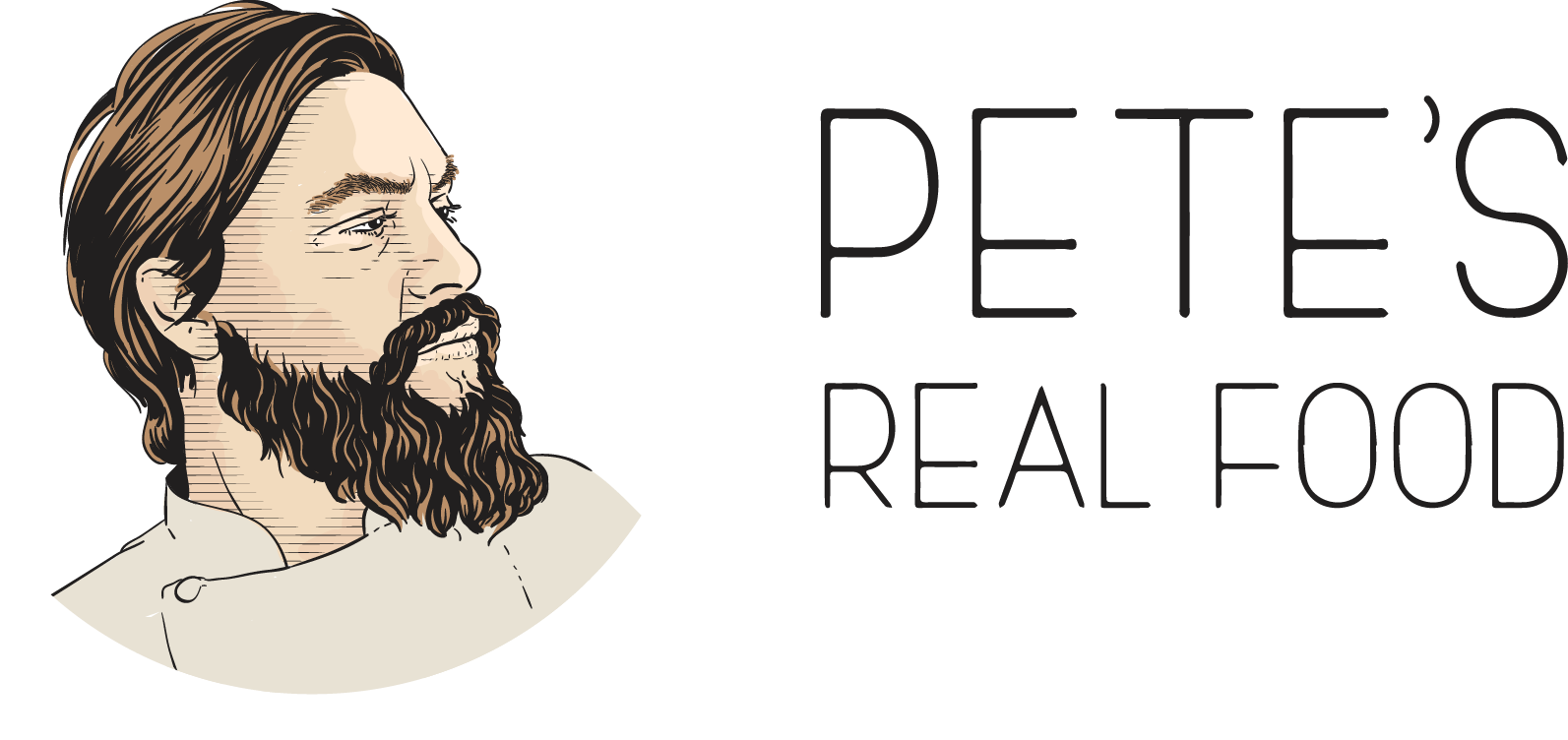When it comes to choosing healthy fats, there are many opinions as to which are beneficial and which are harmful to your health. This debate has spilled over into many diets and is a hot topic in the Paleo community too.
Typically, what comes to mind when thinking of “healthy fats” are monounsaturated and polyunsaturated fats like avocado, olive oil, nuts and seeds, fish, and flax oil. It can be easy to forget that ancient man ate fats of the saturated kind and from the organ meat of wild game, the blubber of sea animals, and plants. There was no access to olive oil or coconut oil.
Many of the fats eaten in modern diets are highly processed and developed to be non-perishable, allowing for longer shelf lives. This is a great quality for food manufacturers. These fats are predominantly trans-fats, intersterified fats and hydrogenated fats (hydrogen is added to liquid fat to make it solid) like margarine and ‘vegetable’-based fats

The Science Of Fat
Chemically speaking, the –COOH group at the end of the molecule is what defines a fat. This fat can have as few as 2 carbons or more than 20 carbons. Fats can be divided into short chain fatty acids, medium chain fatty acids, or long chain fatty acids depending on the number of these molecules.
- Short chain fats are less than 6 carbons in length. They are found in food and made in the body when a longer fat is broken apart by enzymes.
- Medium chain fats are between 6 and 12 carbons long and they are the fats found in coconut oil.
- Long chain fats are essential for life, and include omega-3, 6, and 9 fats. These are 13 carbons or longer. The omega signifies where the double bond is located. For example, omega-3 means the double bond is at the third carbon position.
Fats can be further divided into saturated and unsaturated fats and unsaturated fats are further divided into two separate groups – monounsaturated fats and polyunsaturated fats
A fat is saturated when each carbon (C) has two hydrogens (H) and there are no double bonds. Saturated fats are typically solid at room temperature. These fats are considered to be very stable meaning there is less risk of them becoming rancid or toxic in some way. These types of fats usually do well under heat and for cooking and include animal fats and coconut oil.
Saturated fats (SFA) are used in the body to strengthen cell walls, so the cells can fight against bacteria, fungi, and viruses. Saturated fats also contain fat-soluble vitamins like vitamins A, D, E, and K, as well as cholesterol, which your body uses for hormone production.
A fat is unsaturated when it contains double bonds or hydrogen (H) attached to the carbon (C). These are typically liquid at room temperature. Most of these fats do well as dressings or food toppers.
Monounsaturated fats (MUFA) are also considered to be fairly stable but under lower heats. Olive oil and avocado oil are examples of MUFAs.
Polyunsaturated fats (PUFA) are usually less stable than saturated and monounsaturated fats, which means they can become rancid and toxic quickly. EPA and DHA, both of which are essential for brain and other bodily functions, are considered polyunsaturated fats. A diet too high in PUFAs can result in increased free radical levels and are associated with an increased risk of cancer, heart disease, and other inflammatory diseases. These fats should only be used for cold preparations and include nut and seed oils like hazelnut and sesame.
Read here or more on the benefits of fats

Smoke Points Of Fats
Smoke points are an indicator of how well a fat fairs while being exposed to heat (during cooking). Oils with higher smoke points are better choices for cooking, while those with lower smoke points should be used for dressings or as food toppers.
Furthermore, the oils that are best for cooking are those which are more stable and less susceptible to becoming rancid.
The seed oils like canola, safflower, soybean, and cottonseed are often marketed as having high smoke points but, due to their high levels of mostly polyunsaturated fat, they are very susceptible to oxidation and can become rancid fairly quickly. This is one of the many reasons they are avoided on a Paleo diet.
For more on the problems with seed oils, read here
The saturated fats like coconut oil, ghee or lard, are stable fats and hold high smoke points thanks to their chemical structures and do well at all cooking temperatures.
Monounsaturated fats like olive oil can are fairly stable but hold a lower smoke point than saturated fats. Olive oil in particular does fairly well under medium to low cooking temperatures.
Nut oils like hazelnut oil should be used primarily as dressings and food toppers to add flavor to your dish
Note: The smoke point of an oil or fat lowers if it has previously been exposed to high temperatures (that is, if you’ve already cooked with it). For example, if you are reheating some left-overs cooked in olive oil, the smoke point of that olive oil will be lower. It is always best to reheat food at a very low temperature.
The smoke points of some popular cooking fats and oils
|
Avocado Oil |
400°F (205°C) |
|
Tallow |
400°F (205°C) |
|
Extra-Virgin Olive Oil |
375°F (190°C) |
|
Duck Fat |
375°F (190°C) |
|
Schmaltz |
375°F (190°C) |
|
Lard |
370°F (185°C) |
|
Coconut Oil |
350°F (175°C) |
|
Red Palm Oil |
300°F (145°C) |
Ideally, use tallow, lard, or coconut oil for cooking and extra virgin olive oil for lower-heat cooking. Also, for all those high-PUFA Paleo oils, make sure you keep them in a cool, dark place and discard them six months after opening them.
Favorite Paleo Fats
Lard
Lard is pig fat, with the highest grade sourced from around the kidneys and inside the loin. It is best to use lard from a pastured animal free from hormones and antibiotics as fat holds a body’s toxins. It is a great source of energy and has a high-smoke point and is considered by chefs to be superior to shortening.
Read more on the benefits of bacon fat here
All the tasty goodness, all the healthy fats! Grab your Pete’s Paleo Bacon here>>>>>>

Duck Fat:
With its high smoke point and low melting point, duck fat is excellent for frying vegetables and starchy carbohydrates like sweet potato. It can also be used for duck fat mayonnaise and vinaigrette
Tallow:
Tallow is rendered fat from cattle or sheep. It is solid at room temperature and doesn’t need refrigeration as long as it is kept in an air-tight container. It has a mild, pleasant flavour and it is great in baking savoury dishes and for frying at high temperatures. Tallow produces a very crispy finish. Make sure you only use tallow from grass-fed animals so that no unnatural toxins are stored in their fat. Soaps, candles and leather conditioners can also be created from tallow.
Coconut Oil
Coconut oil is extracted from the meat of coconuts. It is high in saturated fats and has a long shelf life. Coconut oil is solid under 25° and liquid above. It is perfect for frying or baking because it doesn’t break down at high temperatures. Coconut oil has a mild flavour. It also works well as a moisturizer and make-up remover
Ghee
If you heat butter and remove the white residue (milk solids), the clear golden yellow liquid which remains is called ghee. Ghee is virtually pure fat so can be tolerated by those who are lactose intolerant. Ghee is great for frying, has a longer shelf life than butter and requires no refrigeration as long as it is in an air-tight container.
Olive Oil
Olive oil is created from pressing fresh whole olives. You want to use pure cold-pressed olive oil. This has not been heated so the product retains all its properties and great flavour. Olive oil is best used cold in salads, mayonnaises and vinaigrettes and drizzled over cooked foods. Olive oil should be kept in dark glass bottles because the oil goes rancid in sunlight.

Avocado Oil
With an extremely high smoke point and a mild flavor, avocado oil is exceptionally versatile. Use it for searing, roasting, grilling, frying, or sautéing lean meat or vegetables, or drizzle it on your fresh salads as a refreshing dressing. Avoid buying your avocado oil in bulk, because it has a relatively short shelf life. Refrigerate after opening and use within 9 months.
A Chef’s guide To Paleo Fats
Naturally occurring, Paleo friendly fats can be found in many sources. Healthy animal fats are found in grass-fed butter, ghee, and dairy, grass-fed meats, organic, pastured chicken and egg yolks. Some non-animal sources include avocados and avocado oil, nuts and nut butters, coconut, coconut milk, and coconut oil, and olives and olive oil.
Use our chef's guide to Paleo fats to determine what morsel of deliciousness to use, how and when, and get creative!

